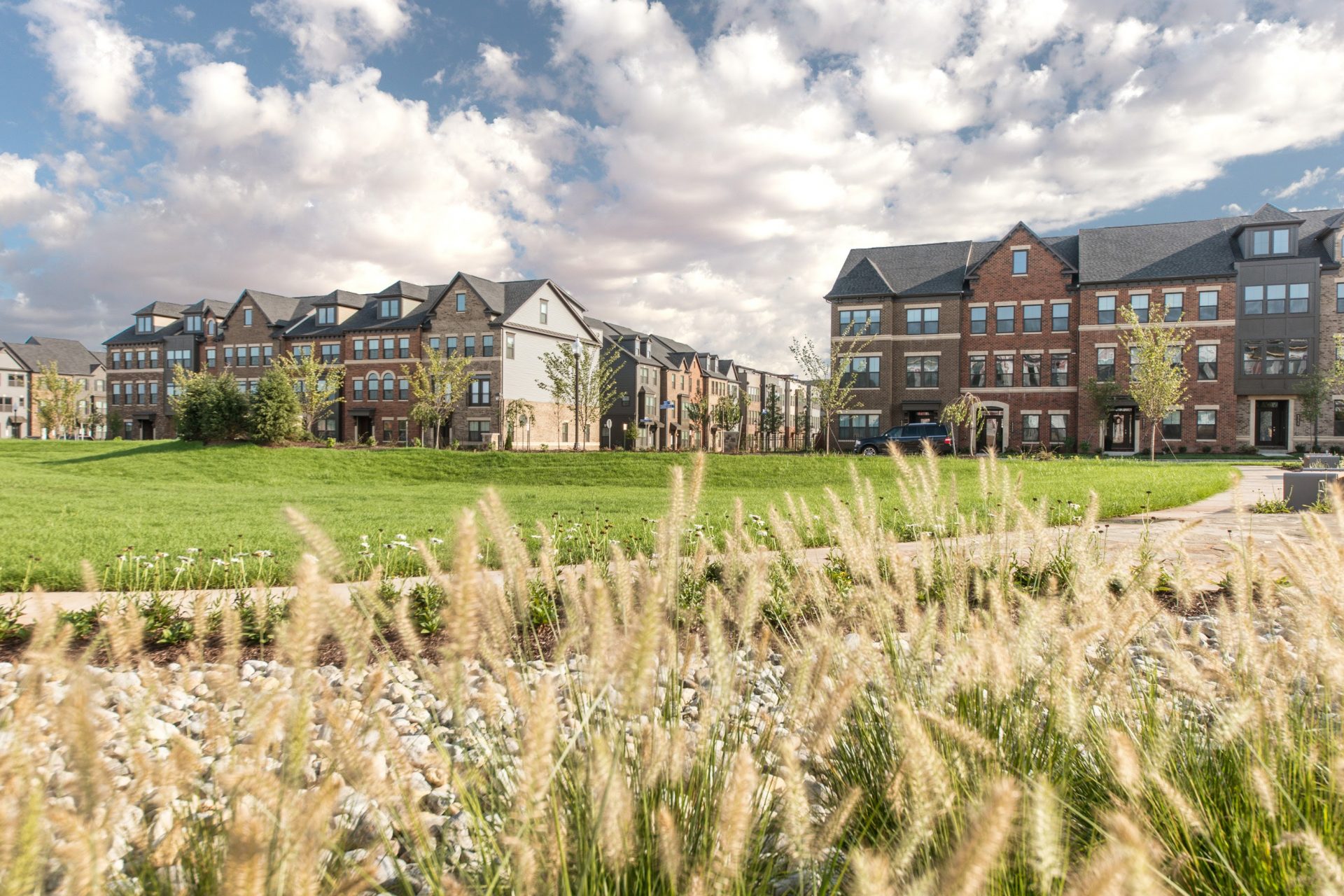
PROS IS ESSENTIAL INFRASTRUCTURE
What is the value of a glass of water? Ask a person lost in a desert. Either way water is a valuable resource that needs to be conserved and used responsibly for the highest benefit to all. But it’s often taken for granted, and so is Parks, Recreation and Open Space (PROS).

PROS is essential infrastructure that every citizen deserves access to. It has meaningful positive affect on health and wellness, social equity, environmental and economic outcomes. It is both infrastructure, amenity and environmental resource in one package. It positively affects community economics, real estate values and quality of life. Along with access to health care, jobs and schools It is typically one of the major reasons that folks choose to live in and locate a business an area. Yet in the framework of community funding priorities its often treated as an option. Often communities who are not able to or simple choose not to prioritize and promote this infrastructure struggle with economic development, health issues, crime and other social factors that lead to a decline in overall community wellness. Ultimately these communities fail to attract talent and leadership. Why? Because nobody wants to live in a place without access to parks and open space.
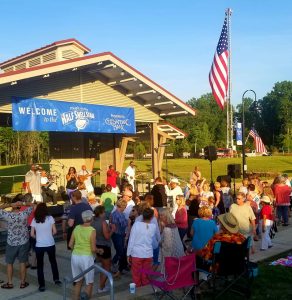
In most places the private sector understands this basic fact. Recent trends in community development include urban infill projects with higher densities and lower price points. Integration of walkable streets, parks and green spaces for recreation, infrastructure, transportation and environmental reasons are a must do. In turn, returns on investments are increased by the higher sales prices of homes adjacent to these amenities. This in turn increases the flexibility of development proforma’s allowing more affordable housing to be integrated into communities. A recent analysis of LPDA community planning projects showed significant increase in sales prices for units fronting and with easy access to park space. In the Westmoore community in Loudoun County units adjacent to these amenities sold at 125% to 263% of base unit costs. This community’s park system has been proffered to Loudon County and is available for all citizens to use.

Here are some basic facts on a few benefits that have been scientifically researched through the NRPA, municipalities and research organizations.
Health Benefits
- Local parks and recreation departments lead the nation in improving the overall health and wellness of communities. They are essential partners in preventing and combating some of the most complicated and expensive challenges our country faces, including poor nutrition, hunger, obesity, chronic disease and physical inactivity.
- An Oregon State University study found that Oregon resident’s engagement in one of 30 outdoor recreation activities in 2018 resulted in $735 million to $1.416 billion in cost of illness savings accrued to health insurers, providers and participants.
- Farmers markets offer a wide variety of fresh and nutritious food to their communities, including fresh produce and healthy proteins. In some underserved communities, farmers markets may be the only sources for such options.
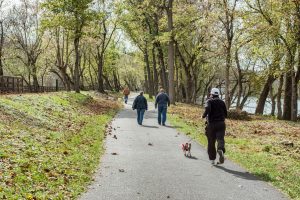
Social Benefits
- Recreation centers are the most frequent places where park and recreation agencies deliver programming and services for older adults.
- Recreation agencies are a critical, lifesaving resource to those with lower-income members of the population by providing low-cost nutritional meals, transportation to and from senior centers, recreation centers and other needed service providers, and low-cost/free fitness programs.
- Park and recreation agencies are often the first work experiences for many young adults who gain a sense of responsibility and self-confidence and learn critical workplace skills that enhance the overall talent pool for companies and other employers.

Environmental Benefits
- Through effective land management methods and green infrastructure investments, parks and recreation make communities more resilient to natural disasters, reducing disaster recovery and insurance costs. Ninety-three percent of respondents to NRPA’s 2019 Engagement with Parks survey believe it is essential that their local government acquire, construct and maintain local parks, trails and green spaces near bodies of water to protect natural resources in their community.
- 77% of park and recreation agencies offer transportation alternatives that reduce carbon footprint.
- 70% of park and recreation agencies protect watersheds by adopting natural resource management practices.
- 53% of park and recreation agencies improve air quality by increasing tree canopy.
- 51% of park and recreation agencies reduce stormwater runoff and flooding through green infrastructure.
- Cities and towns across the nation are turning to Green Stormwater Infrastructure investments to reduce and treat stormwater flooding. These nature-based methods such as permeable pavement, bioswales, stream restorations or tree canopies offer communities many additional health and wellness benefits, opportunities for social cohesion and improved economic prosperity. GSI features can also produce powerful results for cities and towns from making walking trails and playgrounds more accessible to decreasing nuisance flooding of streets surrounding local parks.
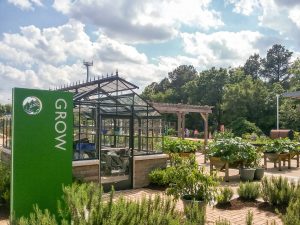
Economic Benefits
- The result of park and recreation expenditures on the nation’s economy is immense. The shared impact of operations and capital spending by U.S. local park and recreation agencies in 2017 resulted in more than $166 billion in economic activity, $87 billion in added GDP and more than 1.1 million jobs that paid salaries, wages and benefits totaling $50.8 billion.
- Economic research has demonstrated consistently that homes and properties located near parklands have higher values than those located farther away. Higher home values not only benefit the owners of these properties, but also add to the tax base of local governments.
- Eighty-five percent of respondents to the 2019 Engagement with Parks survey indicate that they seek high-quality parks and recreation amenities when choosing a place to live.
- An August 2017 NRPA Park Pulse poll found that people seek out park and recreation amenities such as beaches, parks, trails and secluded and relaxing places when choosing a vacation destination” (Econ. Impacts).

It’s simple, when PROS is fully integrated into the fabric of communities it adds value, tremendous value. Not just in the traditional parks and programs context but also when integrated with other infrastructure and community initiatives. PROS positively contributes to almost every aspect of public governance, infrastructure and benefits including health, social services, flood control, stormwater quality, air quality, habitat, education and economics. At the same time, it can offset and reduce cost burdens associated with governance, community development and environmental compliance. This includes reduction in health insurance cost, offsets of stormwater compliance costs, reduction in energy costs, reduction in crime and incarceration costs, and more. All the while PROS is creating these benefits it is increasing economic activity and revenue through tourism, events, real estate values and other activities.
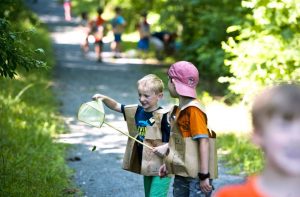
What other infrastructure does all this for a community? None! So, we should be investing a lot of time and resources into this right? We should be integrating PROS at all levels of community, right? Well that’s a mixed bag depending on community values and leadership. According to data collected in NRPA’s benchmarking tool PRORAGIS, Americans currently pay an average of $70 per person per year in local taxes to support park and recreation activities. That seems like an amazing value doesn’t it? Maybe as a nation, instead of spending countless resources and time fighting about who is to blame for the problems we face, we should be using the tools right under our noses to solve them. Just a thought.